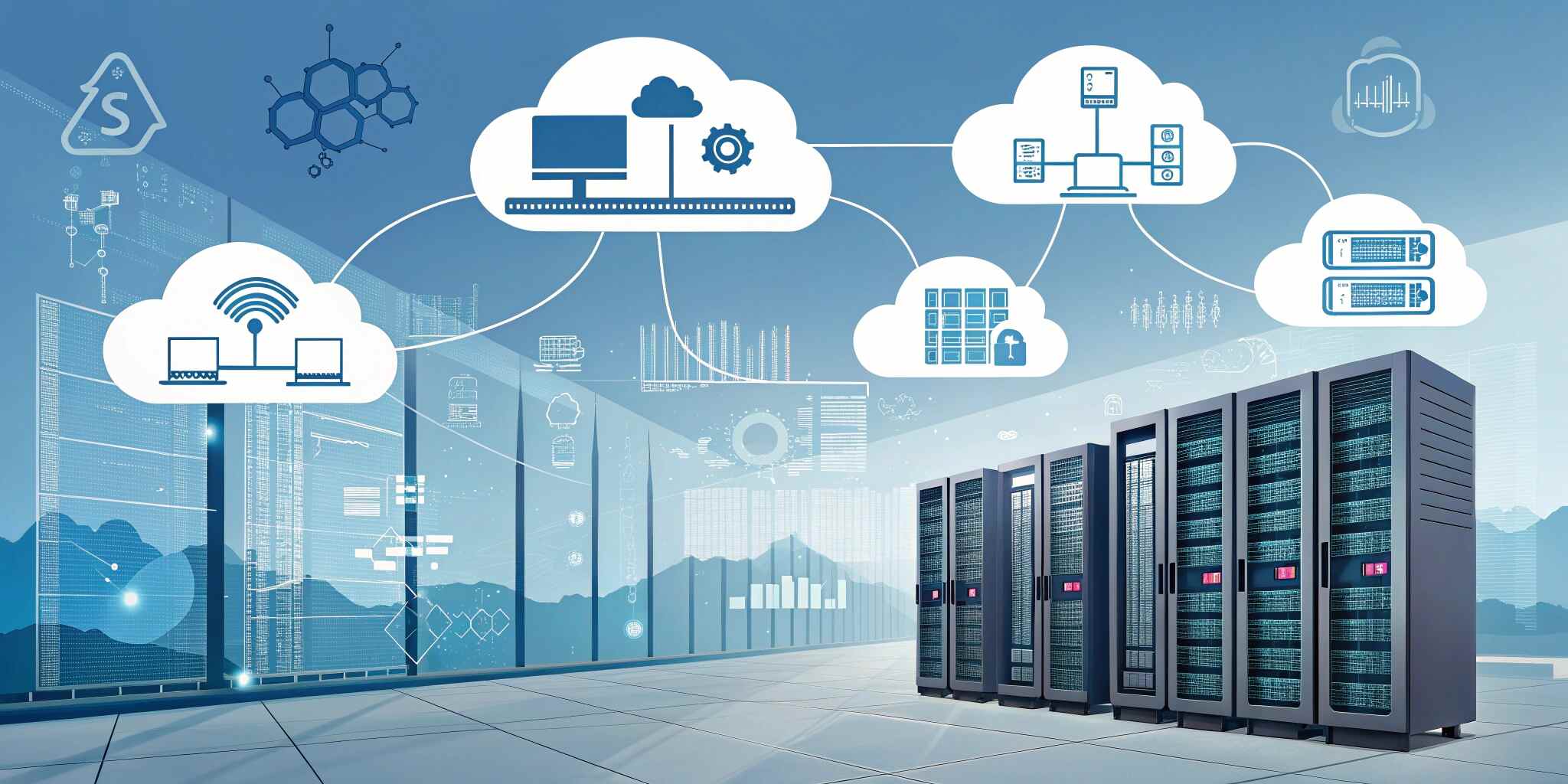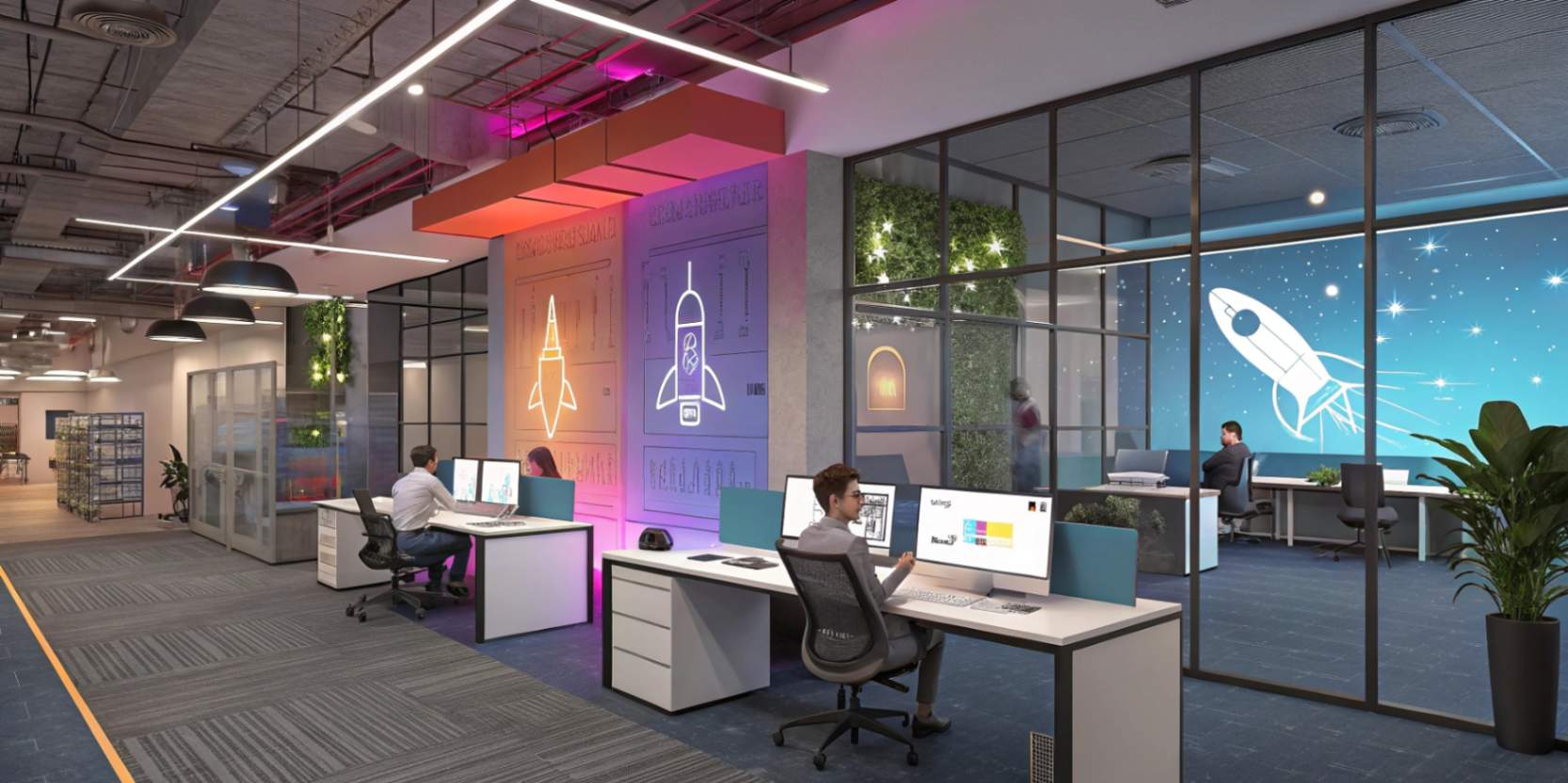The landscape of software development is undergoing a seismic shift in 2025. Emerging technologies are not only accelerating the speed of development but also redefining how we approach design, testing, deployment, and maintenance. Here's how the latest innovations are reshaping the future of software engineering.
1. AI and Machine Learning Are Writing Code
AI is now more than just a tool—it's a coding partner.
- AI code assistants like GitHub Copilot are helping developers write faster, cleaner code.
- AI-powered testing automates test generation, bug detection, and code reviews.
- ML integration within apps enables smarter, adaptive software behavior.
Impact: Developers are focusing more on architecture and logic while AI handles repetitive tasks.
2. Low-Code/No-Code Platforms
Low-code tools are empowering non-developers to build apps rapidly.
- Platforms like OutSystems, Mendix, and Microsoft PowerApps are democratizing development.
- Companies can deploy internal tools in days instead of months.
Impact: Increased collaboration between business teams and devs, and faster MVP delivery.
3. Quantum Computing: Solving the Impossible
Quantum computing is influencing how we think about solving complex problems.
- Quantum algorithms are being prototyped for encryption, optimization, and simulation tasks.
- Emerging quantum SDKs (like IBM Qiskit, Microsoft’s Azure Quantum) are bringing this tech closer to developers.
Impact: Software for industries like logistics, pharmaceuticals, and finance is evolving dramatically.
4. Autonomous Testing and DevOps
CI/CD pipelines are smarter than ever.
- AI-driven DevOps (AIOps) detect anomalies and optimize workflows.
- Autonomous testing tools can self-heal and adapt to UI changes.
- Predictive analytics forecast deployment risks and downtime.
Impact: Higher reliability, fewer manual processes, and near-zero downtime.
5. Embedded Security via AI
Security is shifting left, and AI is leading the way.
- AI identifies vulnerabilities during development, not post-deployment.
- Self-defending code and behavioral anomaly detection are now built into applications.
Impact: Proactive, not reactive, security practices.
6. Microservices and Serverless Architectures
Scalability and flexibility are redefined with:
- Serverless platforms like AWS Lambda, Azure Functions
- Microservices architecture enabling modular, maintainable codebases
Impact: Teams can scale specific features independently and deploy updates without downtime.
7. Extended Reality (XR) and Human-Centered Interfaces
AR/VR is pushing developers to create spatial, immersive applications.
- XR SDKs and frameworks (Unity, Unreal Engine with C# or C++) are becoming standard tools.
- Used in training, remote work, design tools, and healthcare apps.
Impact: Developers must now think in 3D, not just 2D screens.
8. Sustainable Software Engineering
Eco-conscious development is trending.
- Tools now measure carbon footprints of code and deployments.
- Focus on energy-efficient algorithms and green cloud providers.
Impact: Developers are being tasked with building not just fast, but environmentally responsible software.
Conclusion
In 2025, emerging technologies are not just enhancing software development—they are redefining it. From AI-driven coding to quantum problem-solving and sustainable engineering, developers must constantly adapt and evolve. The future belongs to those who can blend innovation with agility.


